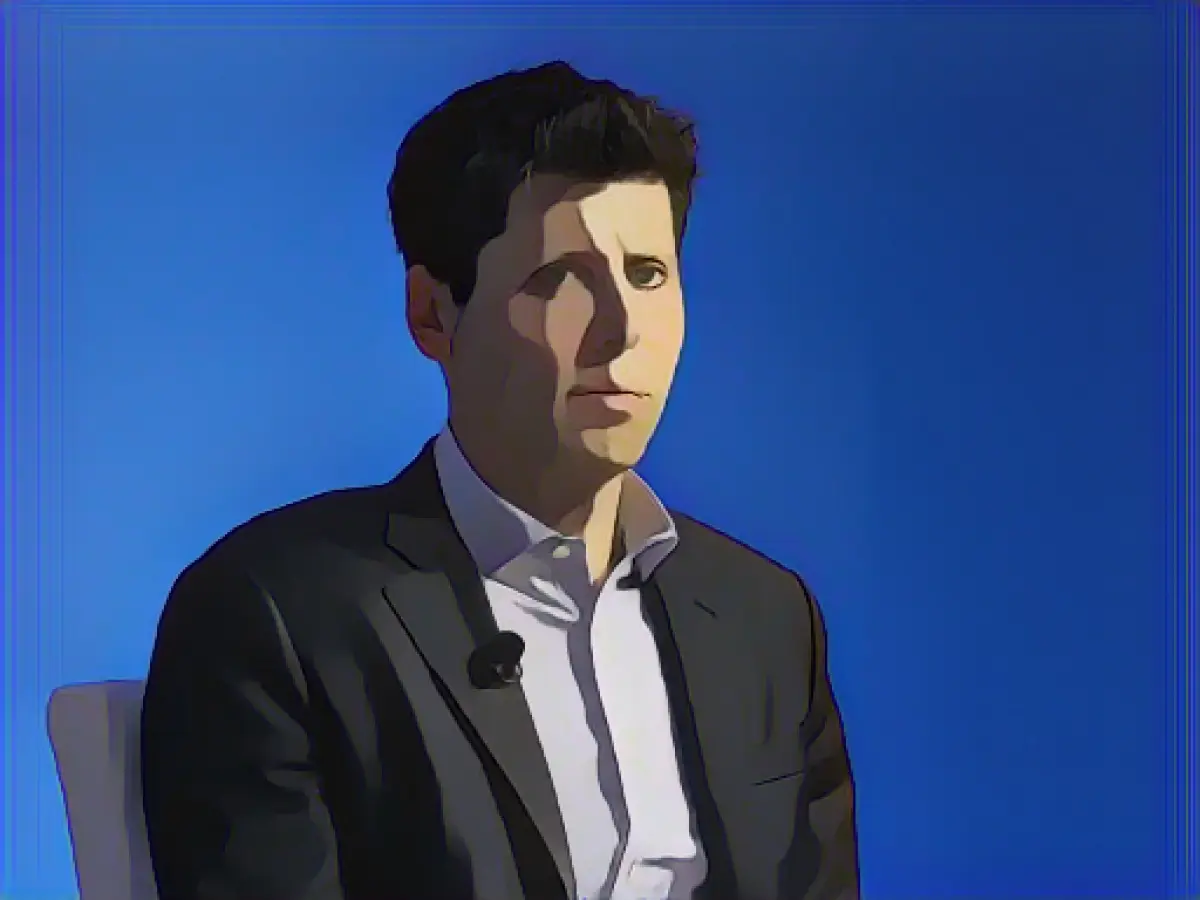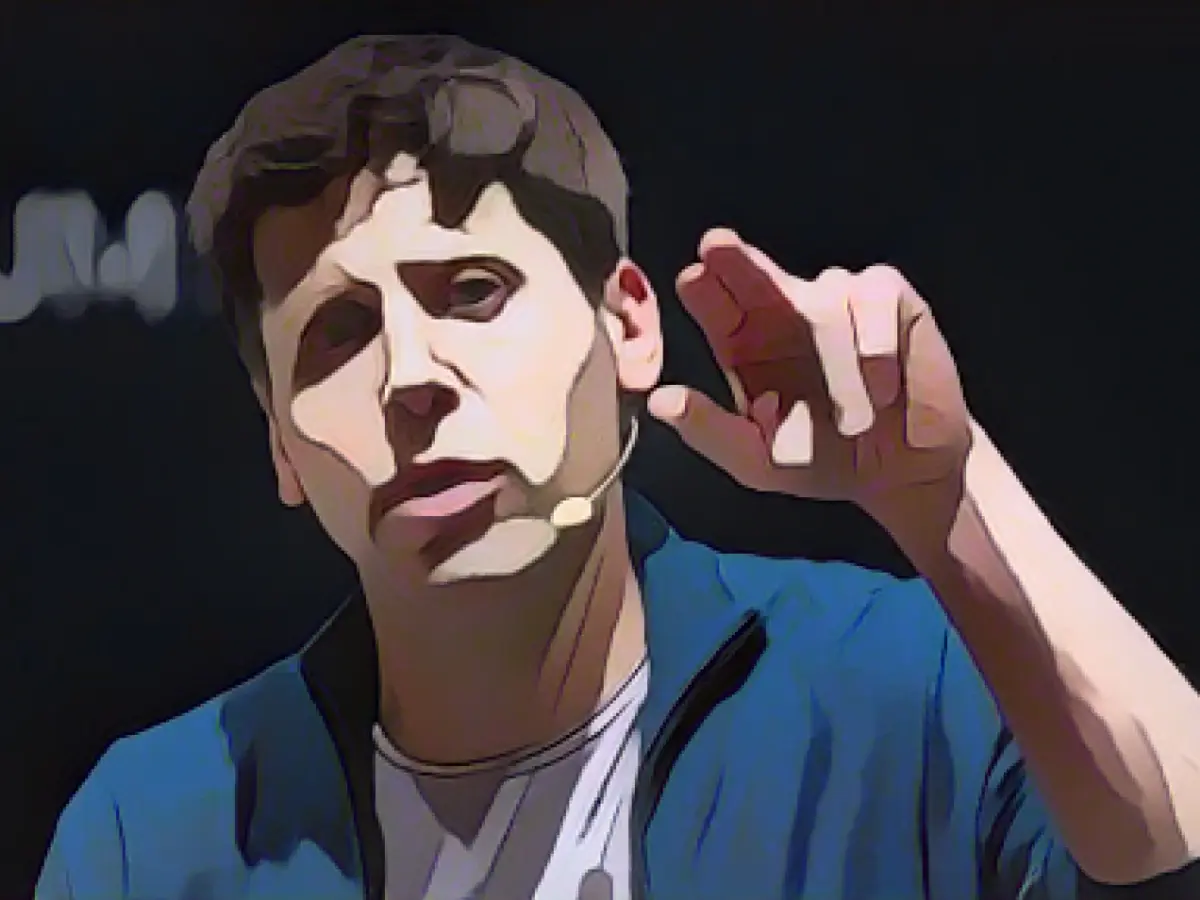Title: Sam Altman in Talks to Return to OpenAI Amidst Controversy
The latest twist in the OpenAI saga involves its former CEO, Sam Altman, reportedly in discussions with the company's board to potentially rejoin, under certain circumstances. This comes after Microsoft, OpenAI's primary investor, expressed its openness to collaborating with Altman, regardless of his location.
The exit of Altman from OpenAI, the pioneering pioneer in AI chatbot technology, was marked by controversy. He was ousted from his position as CEO after allegations of dishonesty in his communications with the supervisory board. OpenAI never disclosed the exact reasons behind Altman's separation.
The departure of Altman sparked a backlash from 700 out of OpenAI's 770 employees, threatening to follow him, potentially signaling the end of the company. In TV interviews, Microsoft CEO Satya Nadella expressed his willingness to work with Altman, regardless of his location.
The disagreements that led to Altman's departure appear to stem from a conflict between OpenAI's non-profit mission and Altman's push for a more commercially oriented approach to AI development. This push for rapid commercialization has been a source of contention, especially with Chief Technology Officer Ilya Sutskever, who took issue with Altman's perceived haste in bringing AI software to market.
However, the need for financial resources and competitiveness in the rapidly evolving AI sector have driven OpenAI to transition into a for-profit model. The company, co-founded as a non-profit organization with a mission to develop AI in the interests of all, now operates as a profit-oriented entity with Microsoft as its significant investor.
Despite the controversy surrounding his departure, Altman remains a influential figure in the AI industry. His potential return, under certain circumstances, could significant impact OpenAI's future direction and internal dynamics.
Sources:
Enrichment Insights:
The underlying tension between Sam Altman's push for commercialization and the non-profit mission of OpenAI can be understood in light of several practical considerations:
- Financial Needs of AI Development: A non-profit framework may struggle to provide the consistent financial resources necessary for cutting-edge AI research. Transitioning to a for-profit model allows OpenAI to secure these funds.
- Competitiveness in the AI Sector: The rapidly evolving AI landscape demands that OpenAI remains competitive. This necessitates significant investment, which is more feasible under a for-profit structure.
- Autonomy and Vision: Altman argues that a for-profit structure better aligns with the practical needs of AI development and protects OpenAI's autonomy and vision.
- Conflict with Non-Profit Mission: The shift to a for-profit model has stirred internal conflict and differing visions for AI development. Elon Musk, for instance, has expressed concerns about OpenAI's straying from its original non-profit mission.
- Musk's Bid and Rejection: Musk offered to keep OpenAI non-profit, but his bid was rejected by Altman. The rejection highlights the fundamental disagreement over the future of the company.
- Ethical Concerns and AI Safety: There are ongoing debates about AI safety and ethical concerns. Musk's bid was partly motivated by a desire to protect the non-profit mission and emphasize ethical AI concerns. However, Altman and OpenAI argue that private investment is essential to fund AI research and ensure its safety and beneficial use.








